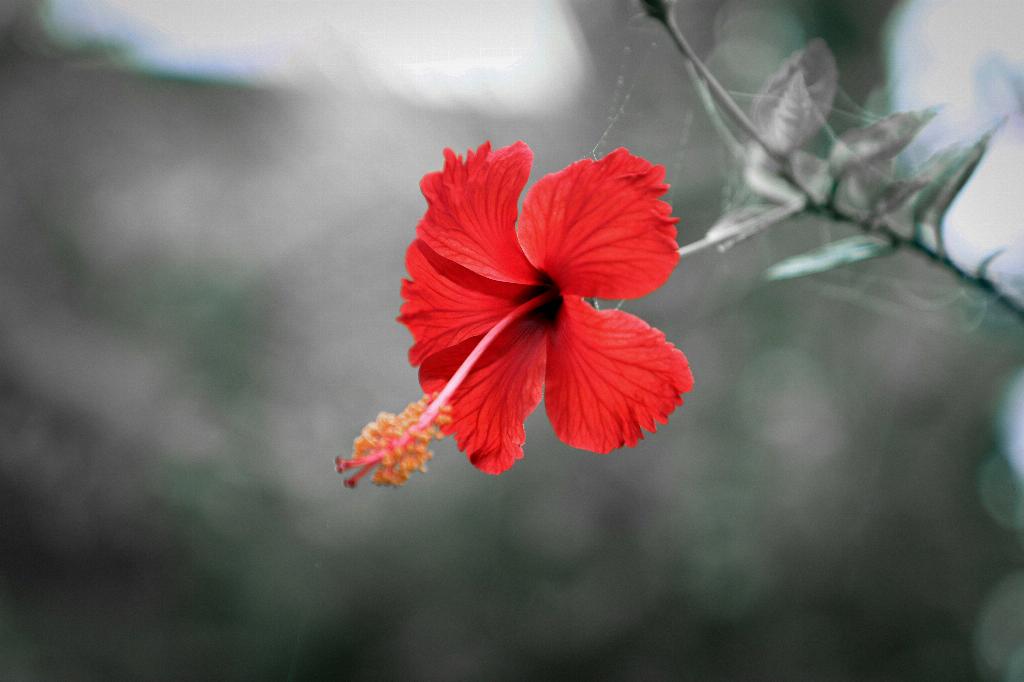When it comes to the practice of deadheading hibiscus plants, there are varying opinions among gardeners. Deadheading involves the removal of spent flowers from the plant to encourage further growth and blooming. Some believe that deadheading is essential for promoting new flowering growth, while others argue that it is unnecessary for hibiscus plants. Let’s delve deeper into the topic to determine whether or not you should deadhead your hibiscus.
Understanding Hibiscus Plants
Hibiscus plants are known for their vibrant and showy flowers that come in a variety of colors. These tropical plants thrive in warm climates and are favored for their ability to attract pollinators like bees and butterflies. Hibiscus plants have a natural tendency to drop their spent flowers, a process known as self-cleaning. This means that deadheading may not be necessary for hibiscus to continue blooming.
Benefits of Deadheading
While hibiscus plants do not require deadheading to produce more flowers, there are still some benefits to the practice. Deadheading can help improve the overall appearance of the plant by removing wilted blooms, creating a neater and tidier appearance. Additionally, deadheading can promote a longer blooming season, as it encourages the plant to channel its energy into producing new flowers rather than setting seed.
Consider Your Gardening Goals
When deciding whether to deadhead your hibiscus plants, consider your gardening goals and the desired outcome. If you prioritize a tidy appearance and want to prolong the blooming season, deadheading may be a good practice for you. However, if you prefer a more natural look and are content with the plant’s self-cleaning process, you may choose to forgo deadheading.
Frequency of Deadheading
If you opt to deadhead your hibiscus plants, it is important to consider the frequency at which you should perform this task. Deadheading can be done as needed when you notice spent flowers on the plant. Regular deadheading throughout the blooming season can help maintain the plant’s appearance and encourage continuous blooming.
Pruning vs. Deadheading
It is essential to differentiate between deadheading and pruning when caring for hibiscus plants. Deadheading involves the removal of spent flowers, while pruning entails the trimming of branches or stems to shape the plant and encourage new growth. While deadheading can promote more flowers, pruning may be necessary for overall plant health and vigor.
Alternative Care Practices
If you decide that deadheading is not the right choice for your hibiscus plants, there are alternative care practices you can implement to encourage blooming. Proper watering, adequate sunlight, and regular fertilization can also contribute to healthy growth and abundant flowering in hibiscus plants.
Observing Plant Behavior
One way to determine whether deadheading is beneficial for your hibiscus plants is to observe their behavior throughout the growing season. If you notice that the plant is consistently producing new flowers without deadheading, it may indicate that the self-cleaning process is sufficient for blooming. However, if you see a decline in flowering, deadheading could help stimulate new growth.
Personal Preference
Gardening is a personal endeavor, and the decision to deadhead hibiscus plants ultimately comes down to personal preference. Consider your gardening style, time constraints, and aesthetic preferences when deciding whether to incorporate deadheading into your hibiscus care routine. Experiment with different methods to see what works best for your plants.
Consulting with Experts
If you are unsure about whether to deadhead your hibiscus plants or need guidance on proper care practices, consider consulting with gardening experts or local professionals. They can provide tailored advice based on your specific hibiscus variety, growing conditions, and goals for your garden.
Conclusion
In conclusion, the decision to deadhead hibiscus plants is not a one-size-fits-all approach. While deadheading can have benefits in terms of plant appearance and blooming season, it is not essential for hibiscus plants. Consider the unique needs of your garden, your gardening goals, and the behavior of your hibiscus plants to determine whether deadheading is the right choice for you.

